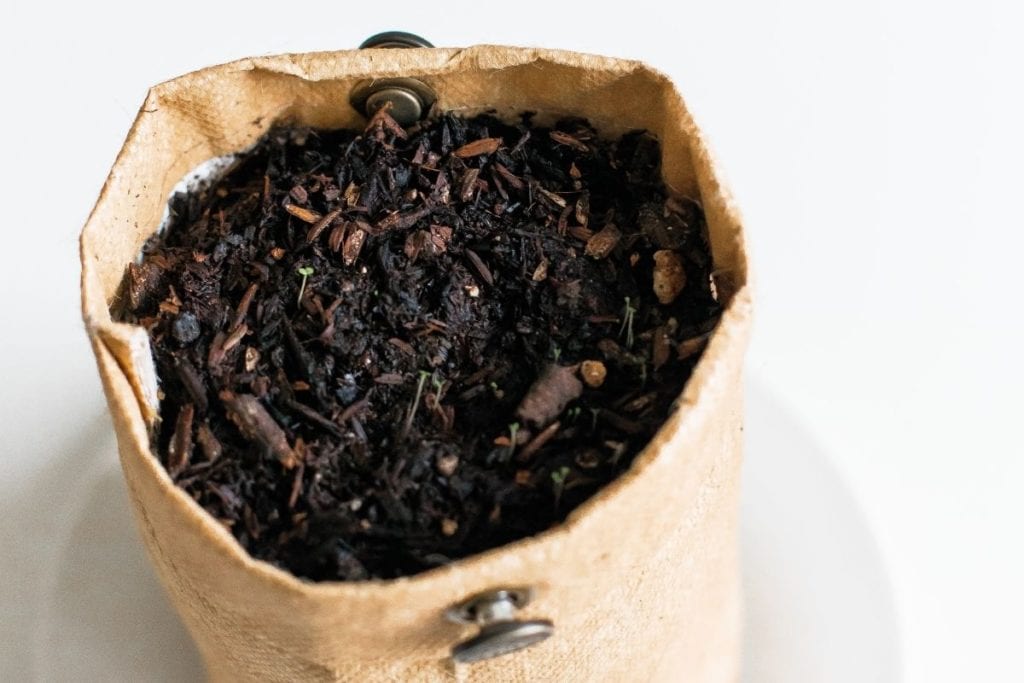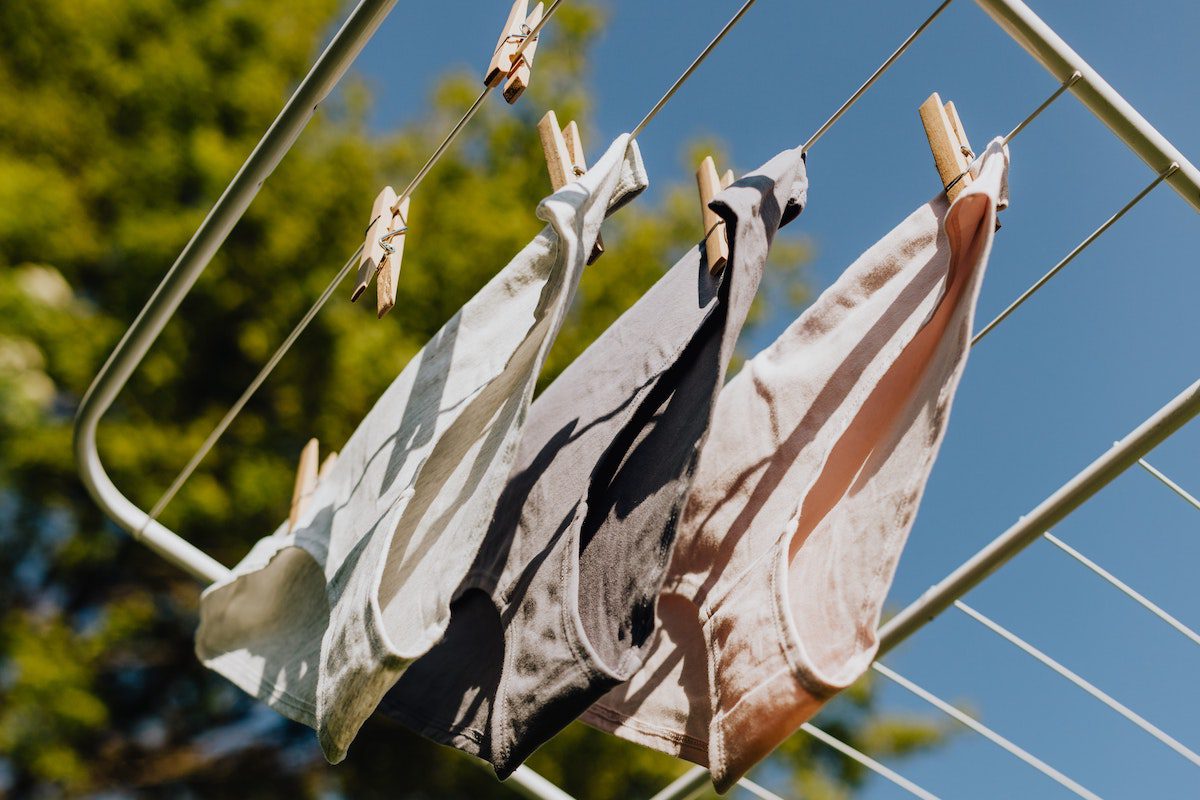How to Compost at Home
You’ve swapped commercial cleaning products for natural DIY cleaners. You’ve upgraded your plastic containers to something more sustainable. You’ve even started raising a more eco-friendly pup. What else could you possibly do to create a more Earth friendly, eco-conscious home? Our suggestion: composting at home with a DIY compost bin.

What is compost?
Let’s start with the basics. Compost is made by decomposing organic material into simpler organic and inorganic compounds through the process of composting. Composting recycles various organic materials like paper products, food scraps and yard clippings that may otherwise be considered waste.
We’ve already covered a beginner’s guide to composting, which can be accessed right here, so if you’ve got general questions, check it out. In this article, we’re going to take a new spin on this subject. Consider this a more practical how-to guide on how to compost at home and how to make a compost bin.
How to compost at home
There are a variety of ways to create a compost bin at home. One of the most popular ways is setting up an outdoor backyard compost pile, but if you’re like me and live in an apartment in the city, that really isn’t a viable option. Thank goodness there is another option – indoor composting.
How to make a compost bin
Zach Morgan, gardening expert at Allan’s Gardeners in the UK, says, “First of all, buy a compost bin. There is an extensive range of them, from medium balcony bins to small ones, suited for your kitchen. Other optional items that can be purchased are a compost aerator for lifting and mixing, and composting liquid, which aims to speed up the process. Last but not least, comes composting best friends – worms, which are the natural aerators.” (Disclaimer: Worms are completely optional – thank goodness – eeek!)
An indoor compost bin can be purchased at a local gardening supply store or at a neighborhood hardware store. Always support local community businesses when you can, but you can also order an indoor compost bin online. If you’re looking for a new DIY project, you can even make a compost bin yourself from a basic item like an empty bin or oat milk carton. Boom! DIY compost bin.
What can I compost?
Once you have an indoor compost bin, it’s time to start filling it. Before you begin, review what items you can and cannot compost. Morgan mentions some popular items to add to your compost bin, which include:
- Bread
- Coffee filters and coffee grounds
- Cooked food without dairy, meat or oil
- Cotton
- Eggshells
- Flowers and leaves
- Fruits and vegetables including peels, scraps and skins
- Hair and pet fur
- Herbs
- Houseplants, but leave out any that are diseased
- Nut shells
- Paper towels
- Rice and grains
- Seaweed
- Teabags
- Tissues
Foods like bones, butter, cooked foods containing dairy, meat and oil as well as dairy, fish, meat and oils themselves should all be omitted from the compost bin.
Tend to your compost pile and keep track of what you add to it. Morgan shares, “An efficient compost is a 50/50 mixture of dry and brown things like shredded leaves and straws, and green things, such as fresh grass and fruit or vegetable scraps.”
Michael Alves, founder of HelloGardening, recommends avoiding items with too much water content. “It is a good idea to avoid adding a lot of watery or stinky items to your bin. For instance, onions and their skins are quite smelly, so don’t add too much of them. You may also want to avoid melons and squashes, as they will turn your compost soggy. You will soon get a feel for what is best to add to your bin.”
Indoor composting tips
Alves offers a few more tips for indoor composting:
- When adding material to your compost bin, chop it up into small pieces as it will break down faster.
- Keep your indoor compost bin in the sun if you can as the heat will help the compost breakdown quicker.
- Remember to turn your compost every week.
- Always have some shredded paper, cardboard or newspaper on hand to add to your indoor compost bin, especially if the compost becomes too wet.
- If your compost smells, there is either not enough air circulation in the compost or it’s too wet. To solve this, add extra air holes to the lid of your compost bin or add cardboard, newspaper or to help absorb the extra moisture.
What do I do with compost?
After your compost has started to transform into compost, you may be wondering, “Now what?” If you have the time and the patience for your compost to break down fully, you can use it in your own at home DIY garden.
Alves shares, “There are many uses for compost once it’s created. Compost can be used as a potting mix to grow new plants. It can be added to existing plants in order to improve the health of the plants by adding nutrients. It can even be used to start seedlings off.” Wow, who knew!
If you’d rather move it along and let someone else deal with the fruits of your labor (literally), search for composting services in your local area. There is usually a small monthly fee required for the use of a local composting service, but isn’t it worth it knowing you’re creating a greener kitchen?
Composting at home
Whether you live in a small space or own a home, composting at home and creating a compost bin is easy with a few simple steps. Happy composting everyone!












